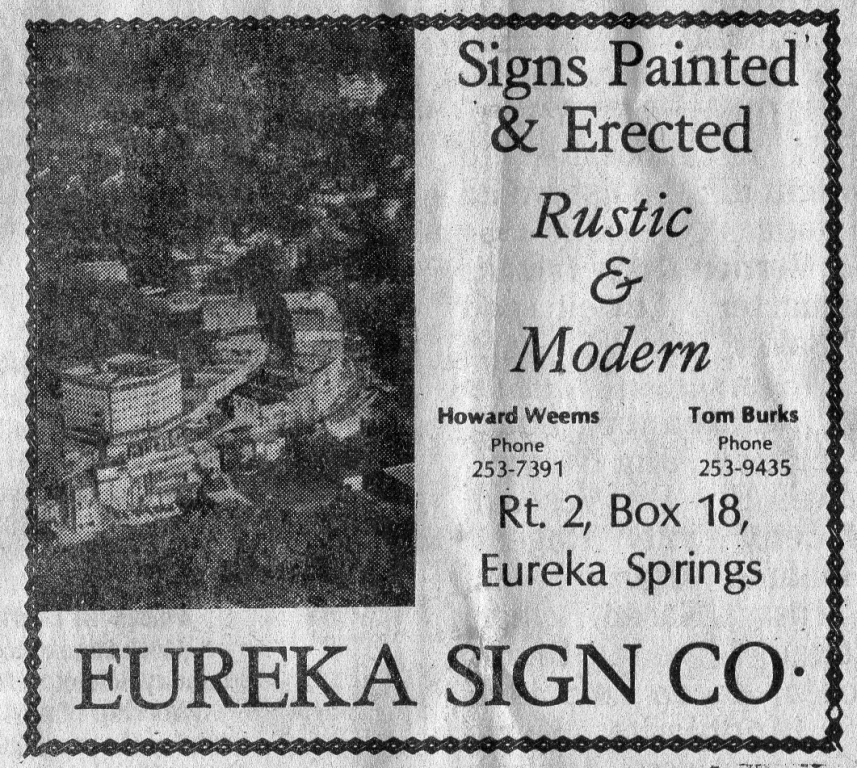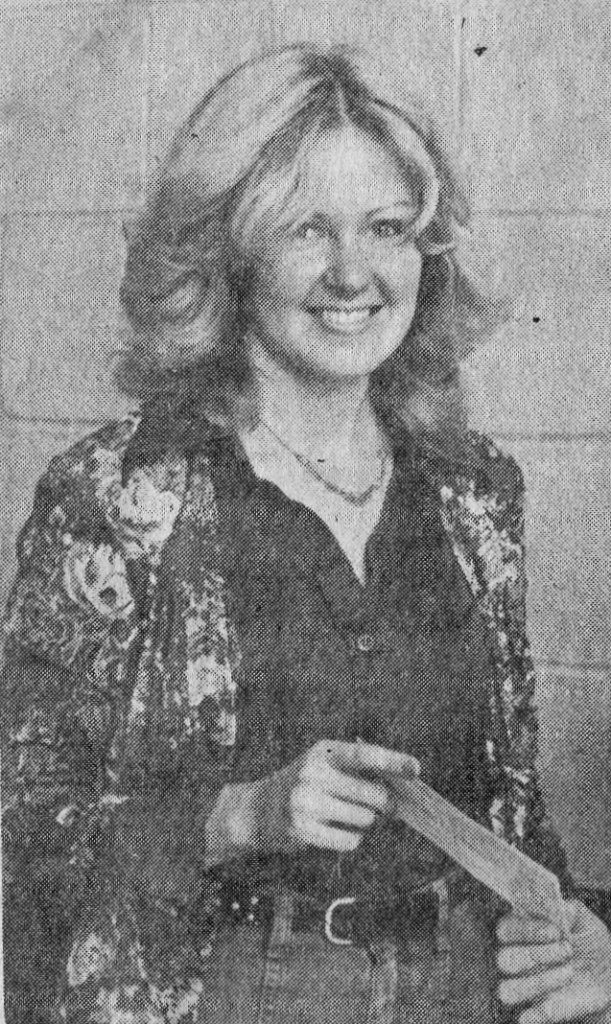I like milk and ice cream and all kinds of dairy products, perhaps a little too much. Sometimes I wonder where the milk I’m drinking comes from; I doubt that it’s local. Dairy farms were once common in Carroll County, but sadly, they’re about all gone. The 1950 Federal Census of Agriculture shows that there were 10,298 milk cows in Carroll County. The same census for 2012 shows only 375.
Eureka Springs had three competing commercial dairies in 1943. They all bottled their milk in glass and delivered it door to door. Hoag Dairy was located down Greenwood Hollow Road, Rhiels Dairy was located in Dairy Hollow and Ripley Brothers Dairy was on Pivot Rock Road. I’ve heard it said that milk tasted different back then, and it probably did. Most of our milk now comes from the big black and white Holstein breed, known for producing large quantities of milk. Back then, the local dairies usually used the smaller Jersey and Guernsey cows that produce less milk, but with a much higher cream content. I’m told that Hoag Dairy used Jersey cows and Rhiels Dairy used Guernsey. I’m not sure about Ripley Brothers.
There was also a company in town called Alpine Dairy. It didn’t own any actual cows, but purchased raw milk from local farmers and bottled it for resale or turned it into butter and cheese. The company had a storefront on Spring Street for a time. My mother’s father, Jack McCall, was a local farmer who milked cows. He sold his milk to Kraft to be made into cheese. Grandpa had to set his milk out in big cans at the top of the lane for the truck from Berryville to pick up. It was also common not too long ago for families, even in town, to have a milk cow. My grandparents, McKinley and Lola Weems, kept a family milk cow at 1 Magnetic in Eureka.
The 1950 Census of Agriculture shows that 1,812 farms in Carroll County had milk cows, but only 158 of those farms had milking machines. That left a lot of cows to be milked by hand, another dying art.



